Brownstone Boys: What Nobody Tells You About Replacing Your Windows
Whether you have original windows or tragically cheap replacements like we do, there will come a time when you’ll need to replace them (or possibly restore them).

It’s time we change our windows in our home, something we wish we did during the renovation
Editor’s note: Welcome to the Brownstone Boys Reno, a reader renovation diary about renovating a brownstone in Bed Stuy. See the first one here. They also blog at www.thebrownstoneboys.com.
Whether you have original windows or tragically cheap replacements like we do, there will come a time when you’ll need to replace them (or possibly restore them). It’s not something that is done very often so if you are going through it, chances are you have never before, and you may never again. So we thought a guide to replacing windows might be helpful.
Where Do You Start
One of the first things you will likely want to consider is if you are replacing your windows as part of a larger renovation project or just as a stand alone project. The main difference is that in a larger renovation you may want to use new construction windows rather than replacement windows. If you are removing interior moldings and trim (or redoing a wood-frame facade) in a renovation project you can replace the windows brick to brick, as it is called. This option requires removing the interior trim, and interior finishing work needs to be done. The advantage is that you can get a slightly larger window, with more glass and more light. You can also avoid having to use flashing around the windows on the exterior, but more on that below.
Replacement windows are smaller than the full opening and designed to sit within the existing frame. It’s a much less invasive installation process so it is what you’ll want to do if you just want to replace your windows without a lot of other peripheral work. Since the windows are installed on top of the existing window frame, the new framing will need to be covered by flashing. Flashing is a material (often sheet metal or aluminum) that is used to weatherproof around the window and to cover the exposed framing.
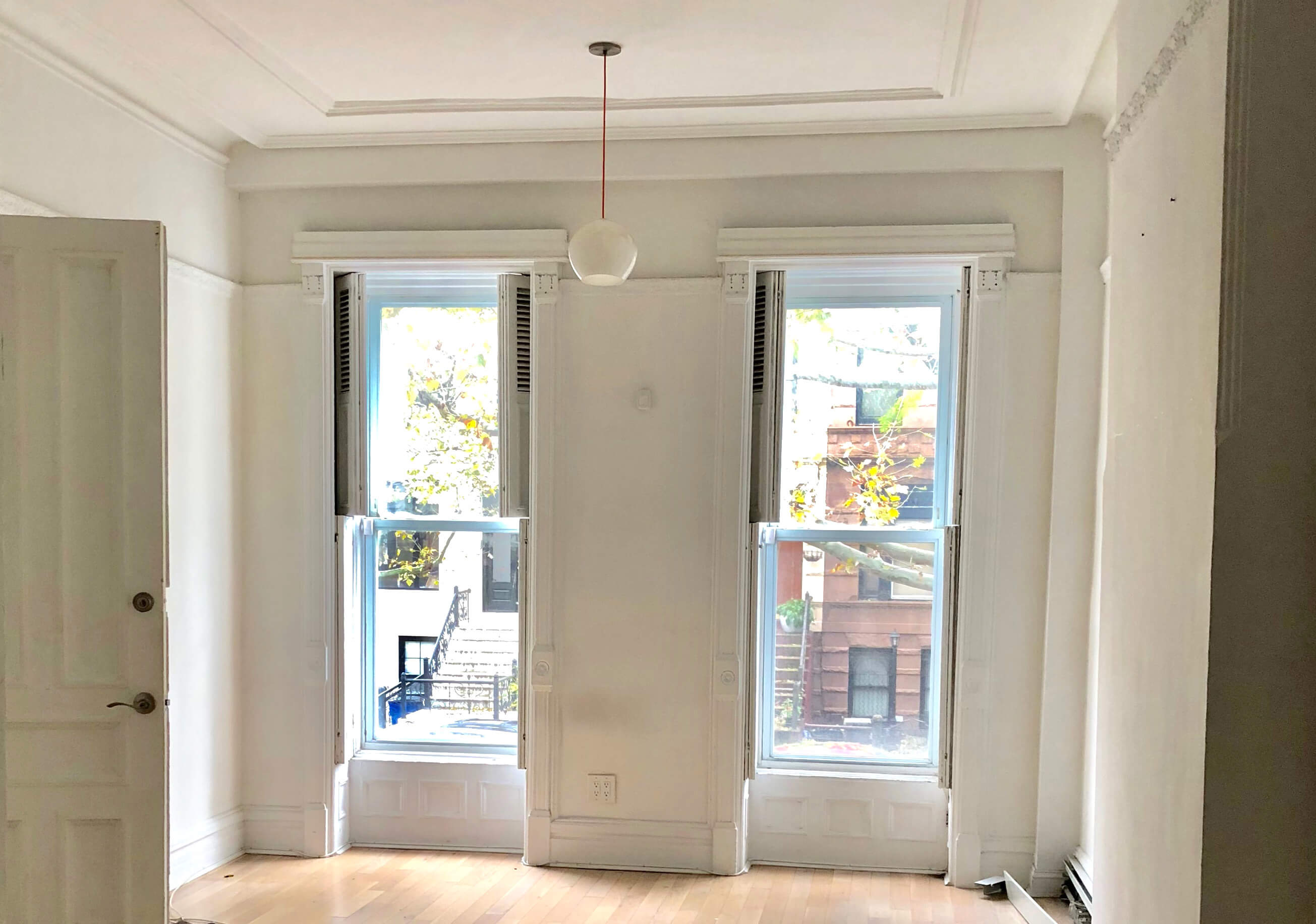
Window Material
There are quite a few options out there for window material but we are going to focus on three: vinyl, aluminum clad wood, and wood.
Vinyl
Vinyl windows get a bit of a bad rap. The technology only became popular in the 1990s and has improved dramatically since then. You might be familiar with some that were installed many years ago and there are some that are poorly constructed and may not have lasted very long. But there are great vinyl windows that may sometimes be the best option for your project. Vinyl windows are very low maintenance so they don’t require regular upkeep. They come in many colors and finishes and do a pretty good job of replicating a wood look. A well constructed vinyl window can do a great job of insulating. Their biggest drawback for most people are the aesthetics. Vinyl has a tendency to warp, especially in bigger sizes such as those on the parlor level of a townhouse. Aluminum-frame windows have a reputation for being more durable and less likely to warp. While they have gotten better, putting a vinyl window on a traditional home like a brownstone feels a bit wrong. They might be better for modern installations.
Aluminum Clad Wood
Usually referred to as wood clad or just clad, aluminum clad wood is the best of both worlds. They have the beauty of wood on the interior and the durability of aluminum on the exterior. They also have the advantage of the insulating qualities of wood. It’s a very durable and long lasting option. There is very little maintenance needed since the exterior is clad with aluminum.
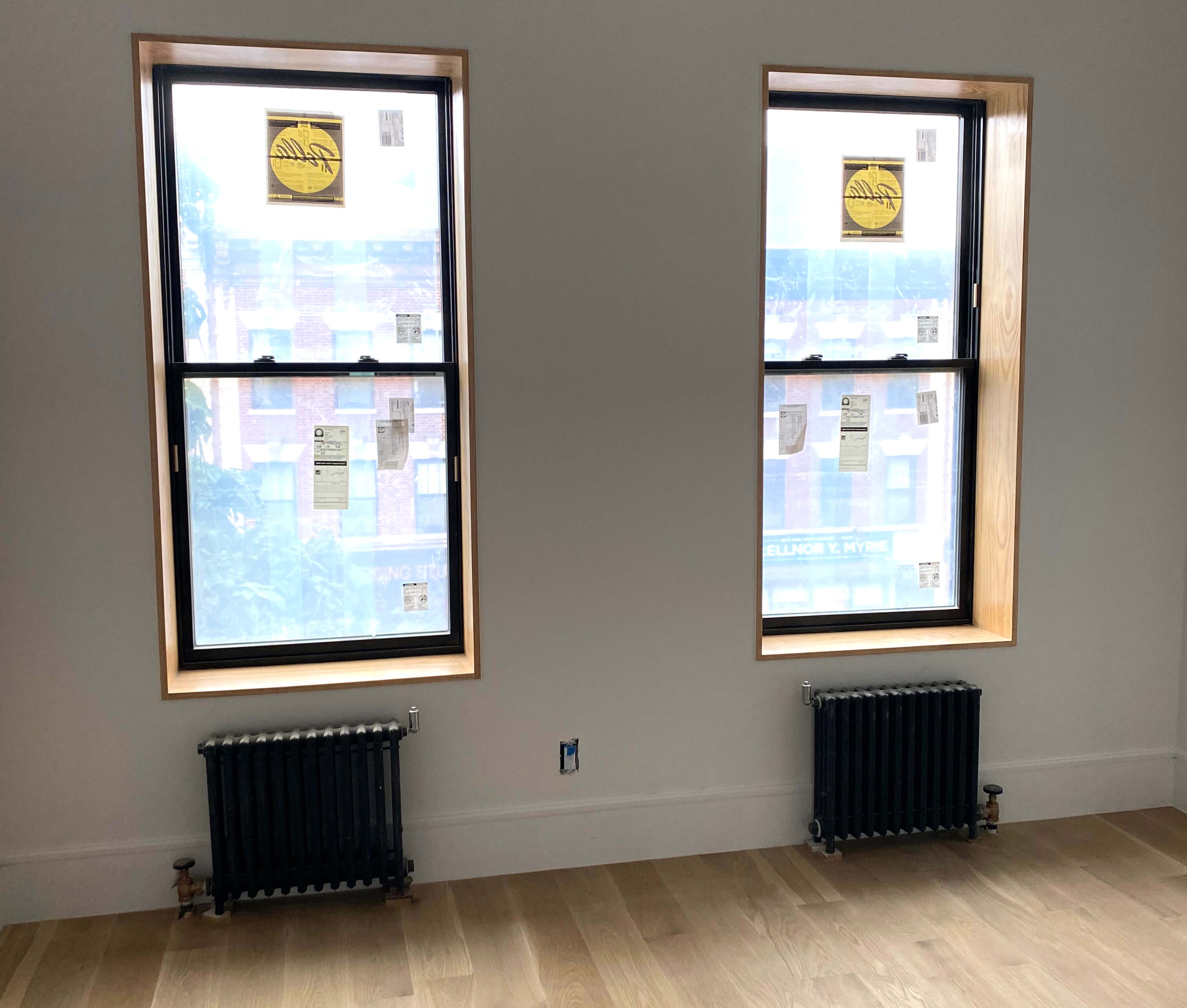
Wood
Wood windows are beautiful. The look of wood is considered the most high end and of course what the original windows would have been made of. For that reason anyone who is restoring a historic home and wants to be true to the home’s origins would want to use wood. In fact, if your home is in a landmarked area you will likely have to use wood windows. Wood is a great insulator since it’s excellent at inhibiting the transmission of cold and heat through the frame. The drawback to wood windows is that they require regular maintenance. They need to be painted and sealed throughout their lifetime.
Original Windows
Also, if you are lucky enough to have your original windows, don’t destroy them. Properly maintained, their beauty and functionality will exceed any new window. Made of old growth wood, they can last hundreds of years. There are also a wide variety of interior and exterior storm windows now on the market that can invisibly and conveniently provide even better insulation than any new window.
Restoring original windows one window at a time is possible, or you can hire a window restoration expert, glazer or finish carpenter to do the work. The blog DoorSixteen has posts about DIY window restoration, and the book “Working Windows” is a classic guide to the subject. The U.S. Park Service also publishes a guide to repairing historic windows.
If you’re still getting drafts, insulate and caulk the areas around the window to prevent air infiltration, such as behind the window casings and paneling under the windows.
Ordering Your Windows
You can hire a window company to come out to measure, order and install your windows. If you are doing replacement windows, this is likely what you will do. If your window installation is part of a larger renovation project then your contractor might be doing the install. They will measure and they may order the windows, or they may rely on you to order them. Once they arrive, your contractor will install them.
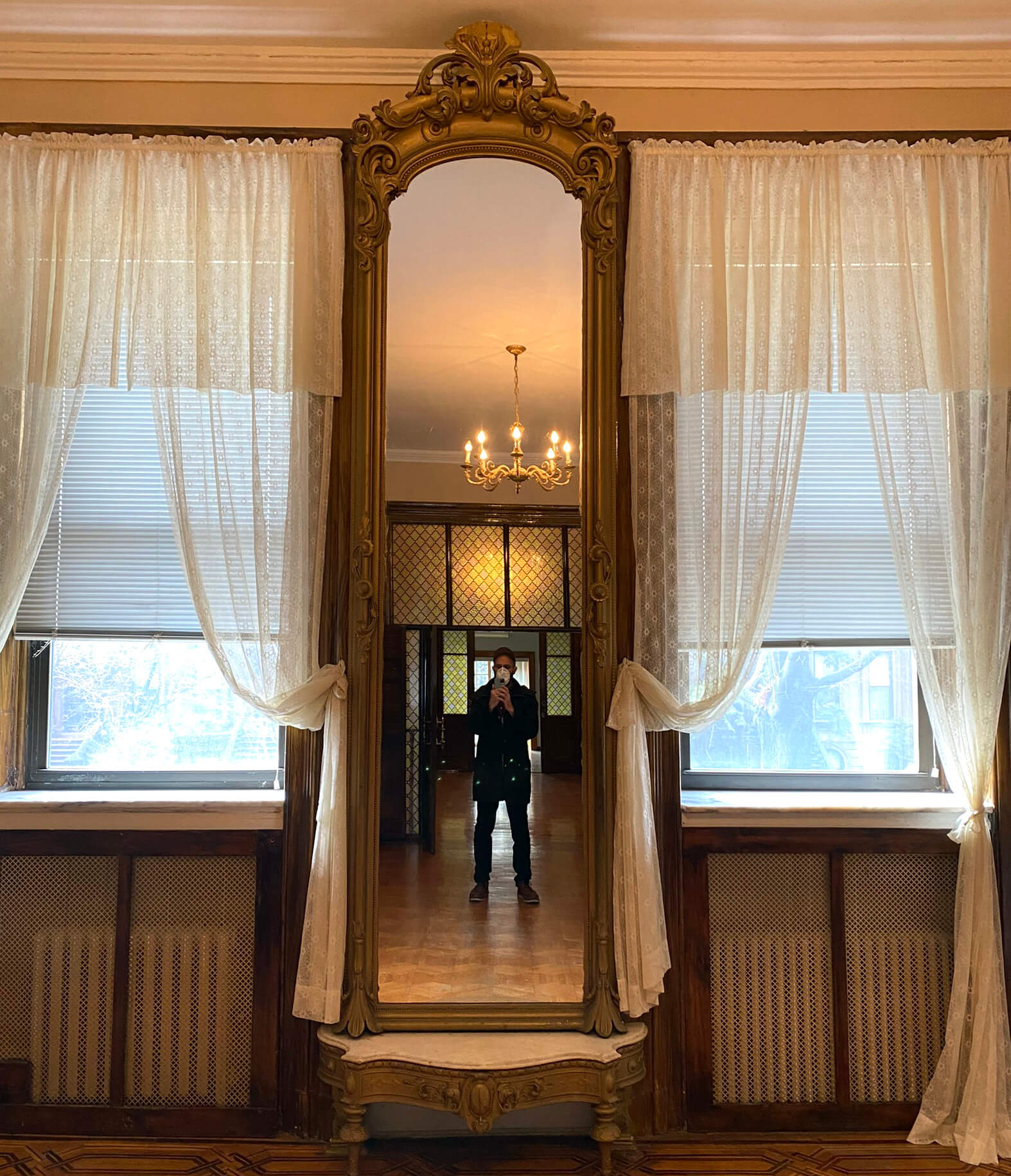
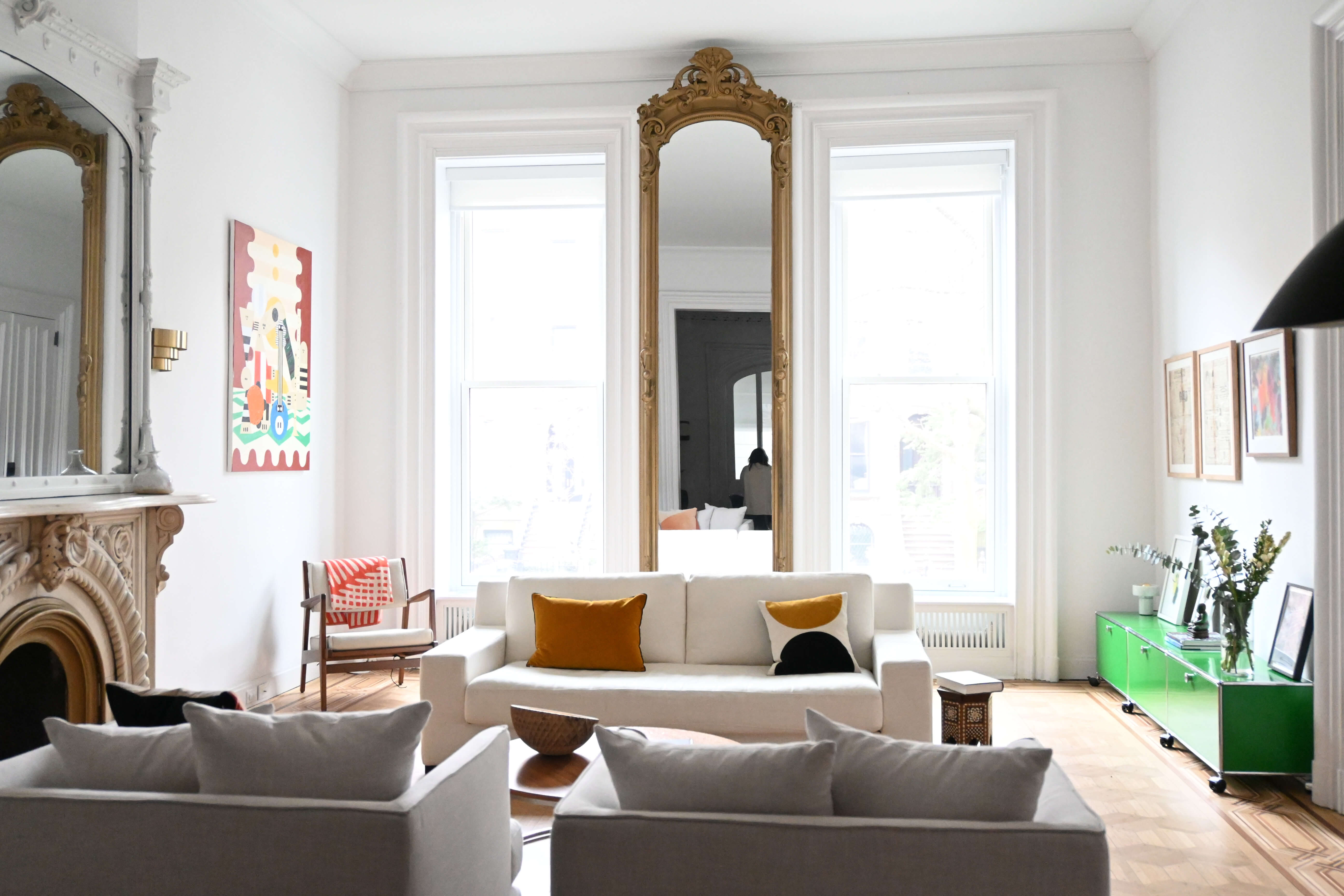
Lead Times
You should check with the window supplier for specific lead times, but generally you can expect anything from six to 16 weeks, and some custom windows may even take longer. Currently lead times are affected by COVID and they have been unpredictable, so order early!
Installation
Your installer will move through your home and remove one window at a time and install the new one. They will insulate around the window frame. Sometimes flashing is used on the outside (especially with replacement windows) to cover the visible frame. On the inside often a small piece of trim covers the exposed part of the frame (for replacement windows). Installation for an entire home might take a few days depending on how many windows you have.
Design and Functionality
There are several design options besides the window material. They will come in various colors and hardware options. You can even choose to have grid lines or not to have grid lines. For functionality you can have single-hung (one operable sash), double-hung (two operable sashes), or casement windows (one pane of glass that tilts open, sometimes with a crank).
If your old replacement windows are warped and no longer close properly, replacing them with ones that work can make your home more comfortable and lower your heating and cooling costs. If you are replacing low-quality replacement windows with higher quality new ones, particularly ones installed brick to brick, the new windows can improve the appearance of your home and let in more light. — additional reporting by Cate Corcoran
[Photos by Brownstone Boys unless noted otherwise]
Related Stories
- Brownstone Boys: Managing Lead Times in a Renovation
- Brownstone Boys: Excavating a Cellar to Add Ceiling Height and Usable Space
- Brownstone Boys: The Lowdown on Leveling Floors
Email tips@brownstoner.com with further comments, questions or tips. Follow Brownstoner on Twitter and Instagram, and like us on Facebook.





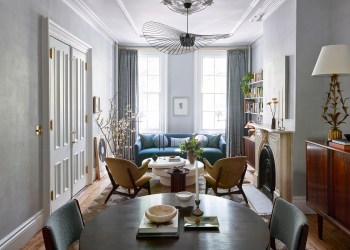
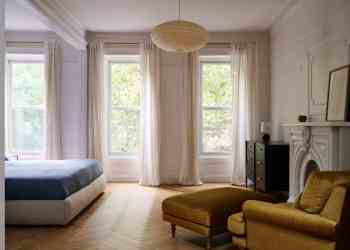


What's Your Take? Leave a Comment